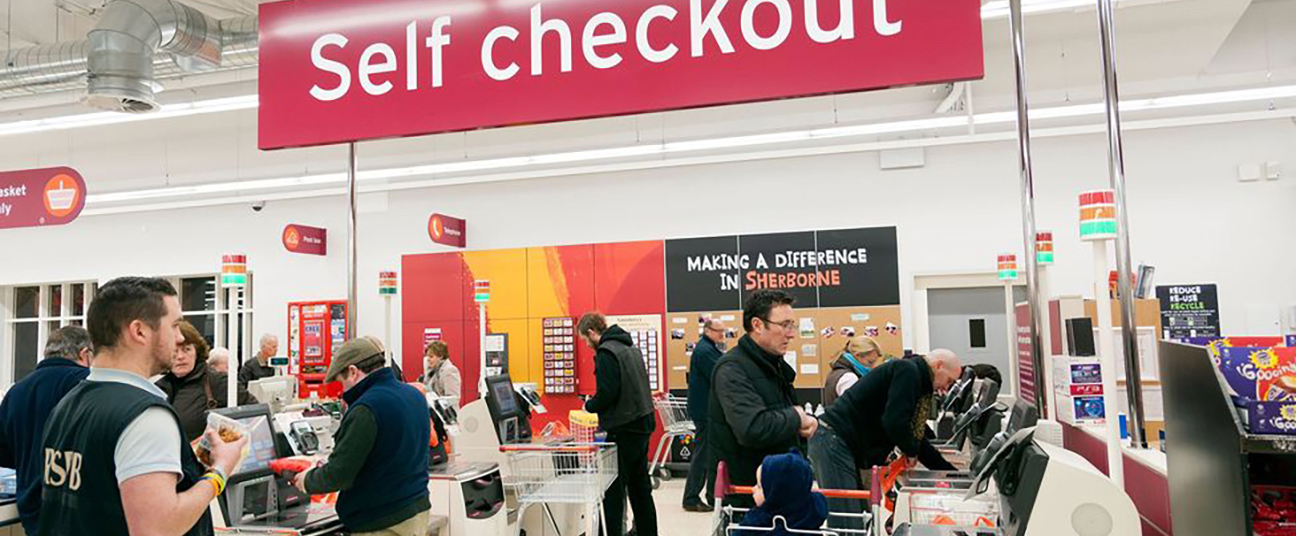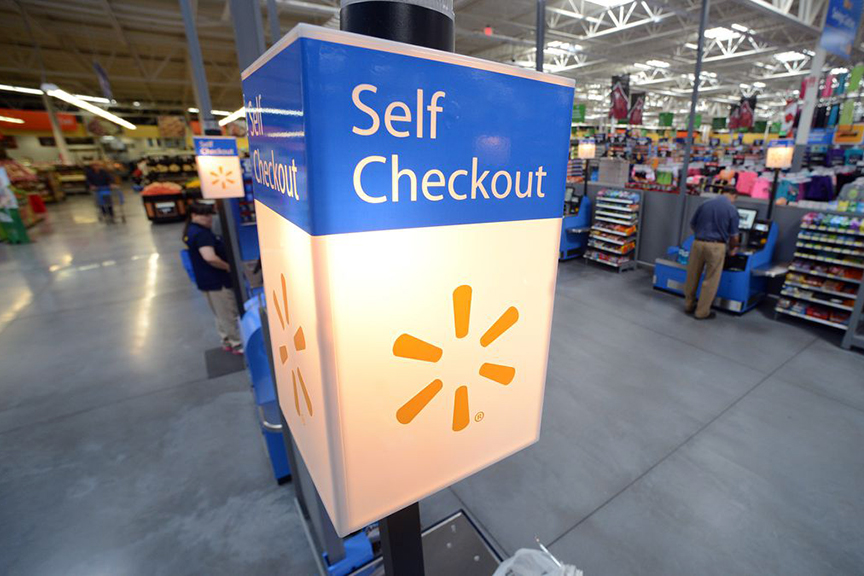In an era of technological advancement, where convenience often reigns supreme, the rise of self-checkout technology has become both a boon and a bane for businesses and consumers alike. While these automated systems promise efficiency and speed, they have also triggered a chorus of discontent from workers and customers in the fast food, grocery, and retail industries. The frustrations of workers faced with job displacement and reduced hours, the displeasure voiced by customers, and the economic implications of “so-so” technology like self-checkout and more.
The Worker’s Perspective
In the quest for efficiency and cost savings, companies have increasingly turned to self-checkout technology, leading to concerns among their workforce. Workers across various sectors express their frustration at the displacement of human labor. These individuals find themselves grappling with a reduced number of work hours, making it challenging to pay bills and qualify for benefits. Their sentiments are clear, and their words are poignant.
One manager, aged 45, didn’t mince words: “We have self-checkout. I despise it. You’ve eliminated four jobs.“
A front-end supervisor, aged 29, shared a similar sentiment: “I could be coming in at 6:30, but they have those self-checkouts, so they don’t schedule me until 9. I think that we all wish they weren’t there. It takes away from us.“
A 55-year-old cashier lamented, “It’s sad; it takes away jobs. It’s hard enough to find jobs as it is… If it’s not broken, don’t fix it. It’s just another way to cut costs without having to pay people. If they can cut a cost, they will.“
Finally, a 41-year-old cashier concurred, stating, “We have eight self-checkouts at our store, and a lot of people use them there. They use them because they cut us out. Cut our hours, cut our manpower.”

The Customer’s Experience
While self-checkout technology aims to streamline the shopping experience, not all customers are on board. Numerous customers prefer human cashiers and express their discomfort with self-service options. One customer even sought to exploit the situation by requesting a store employee’s discount card after ringing up their own items. The mismatch between technology and customer preferences is evident.
Moreover, the type of store and its location play a significant role in customer acceptance. Some small-town stores may embrace self-checkout as “awesome” and “perfect,” while high-risk stores, rife with theft, may find these systems ill-suited to their needs.
The Economic Implications
Economists Daron Acemoglu and Pascual Restrepo, from the Massachusetts Institute of Technology (MIT), have examined the consequences of “so-so” technology like self-checkout. Such technology displaces workers but offers limited productivity gains and lower quality. The MIT taskforce echoed these concerns, describing self-checkout as a “so-so” technology that merely shifts checkout responsibilities from trained cashiers to amateur customers. Unlike other automated technologies that enhance productivity and generate economic benefits, “so-so” technology may offer little while adversely affecting workers.
Debating “Good” and “Bad” Automation
The rise of self-checkout technology raises important questions. How do we define “good” and “bad” automation? How should companies evaluate the impact of technology on their workforce? What decision-making processes guide the adoption of technology in businesses? What role do incentives and policies play in encouraging different types of automation?
The answers to these questions remain elusive, underscoring the need for a more nuanced discussion about the merits of specific automation technologies.
Policy and Incentives
The role of government policies and incentives cannot be overlooked in shaping the automation landscape. While some argue for regulations to mitigate technology’s negative impacts on workers, others advocate for striking a balance between technological advancement and worker protection. These debates highlight the complex relationship between innovation and workforce stability.
The rise of self-checkout technology reflects a broader trend in automation’s impact on the workforce. As technology continues to transform our industries, it is imperative that we engage in thoughtful discourse. Balancing the promises of efficiency with the human cost is an ongoing challenge. In the end, the “good” and “bad” of automation may ultimately be defined by our ability to consider the interests of workers, customers, and businesses in equal measure.






